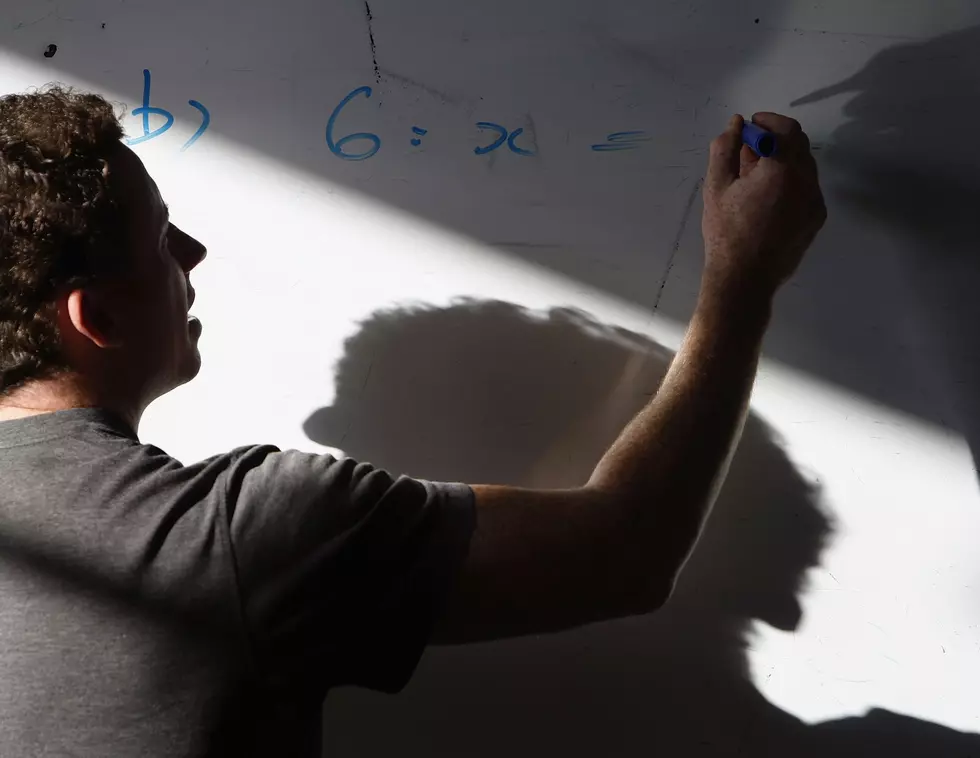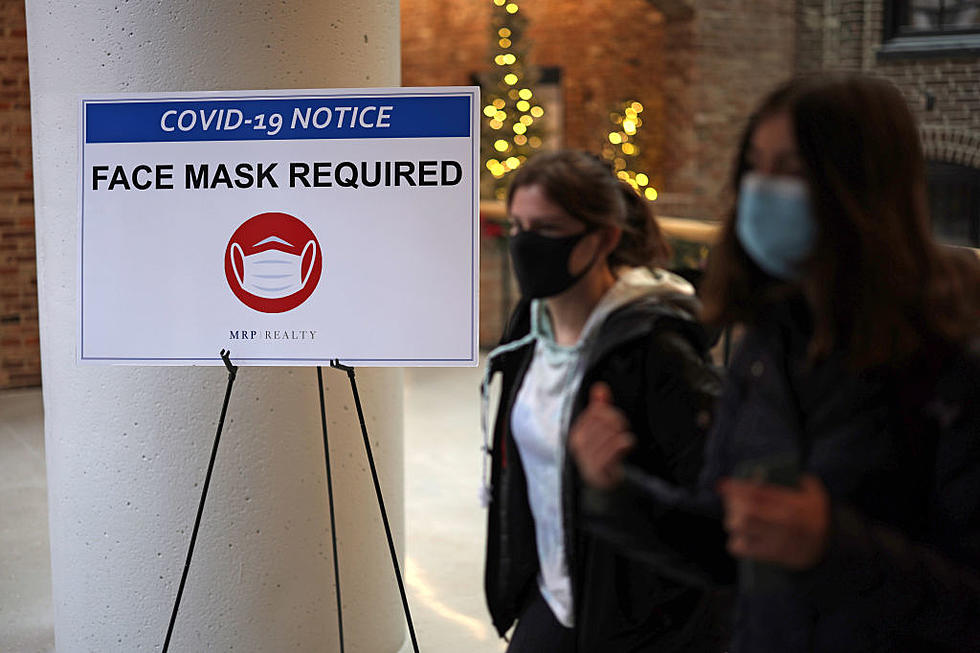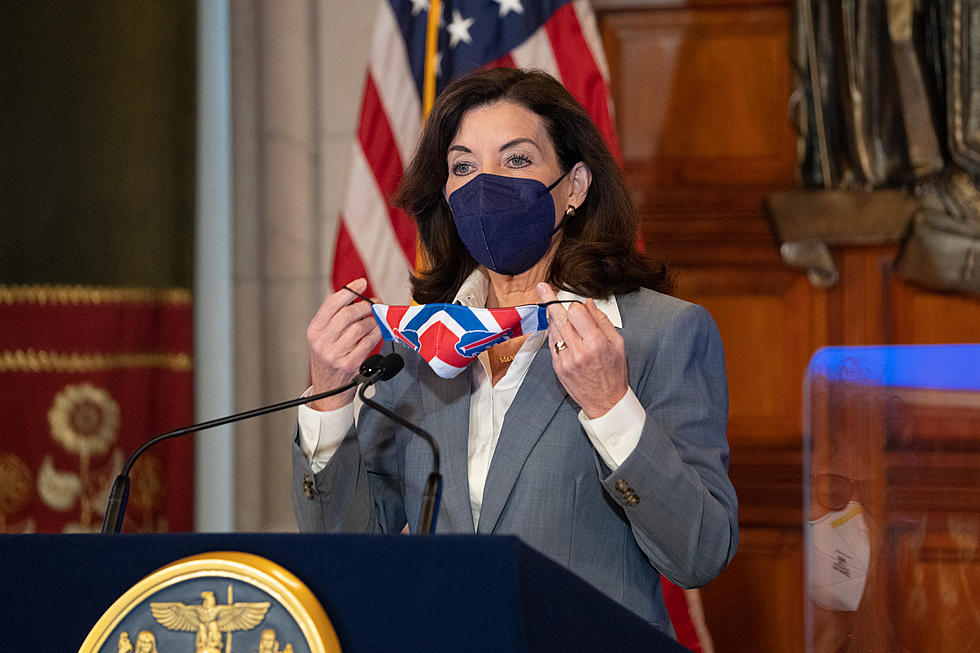
EXCLUSIVE: The Struggles CNY Teachers Face in 2020
The struggle is real for teachers in central New York. From battling technology and finding ways to keep kids engaged to the uncertainty of what the future holds and having to relearn a job most have been doing for decades.
The majority of teachers do what they do to make a difference and help kids learn and grow. But the middle and high school teachers we talked to in central New York, who've asked to remain anonymous, are struggling. Whether it's virtual learning, in person or a hybrid of both.
"We were hailed as heroes in the Spring and now we are looked at as whiners who just want time off," said a 4th grade teacher. "Preparing for virtual and hybrid is way harder than it looks."
Jeannie Pexton, who teaches special education, described it best - "Zoom meetings are like herding cats in a catnip factory."
An elementary school teacher of Academic Intervention Services for almost 20 years doesn't think the hybrid/remote “learning” is working. "Tensions run high all around. Parents are upset, teachers are upset, kids are caught in the middle. Tech issues are rampant. Rural/impoverished areas are not prepared for online learning. Even homes with high speed internet can’t handle the bandwidth needed for multiple live streams."
Even if kids can log on, teachers can't see if they are really there. "I feel like I am talking to myself when I am teaching," said a 19 year Spanish teacher. "It's difficult to know if the students are even with me or getting what I am teaching them."
Teachers are working more not less since the coronavirus pandemic hit. Learning new technology, creating new lesson plans, and all without much instruction. "We're being asked do something we have been doing one way forever in a totally different format and with minimal training," said one teacher who's been with the school for almost 30 years, 13 as an assistant, 15 as a teacher. "Our cups are already overflowing and adding more just isn’t feasible right now," said another.
All that work has teachers burning the candle at both ends. Especially those with children of their own. "I am beyond tired. Like, new born baby in the house tired," said a 3rd grade teacher.
The lack of communication isn't helping either. "We have no idea what is happening. Nobody tells us anything and even if they are required to ask our opinion, they don't seem to consider what we say in their decisions. Parents and the public usually know what is happening before we do. How can we reassure our students when we have no idea what's going on?"
Teachers are making decisions about curriculum, that is being taught much slower, and what is a must learn. But are kids falling behind? "Face it, those kids who wouldn't do the work in person are not going to do the work when nobody is looking over their shoulder," said one teacher. "They will fall behind regardless."
Another teacher looks at is this way - "That’s always bothered me. There’s some imaginary passing line where kids are ahead or behind. Especially in elementary school, there needs to be more flexibility. Children learn and grow at different rates. They aren’t widgets, and we aren’t working on a factory assembly line."
A middle school art teacher for the past 10 years wants to change the narrative that teachers will just make it work. "Toxic positivity and the idea that we can make magic happen with little to no resources has to end if we want fresh, innovative, talented teachers. If we want our youth to truly love learning, we need to take care of our teachers so they can do the job right. Because right now, our country and our education system is failing our children."
Most teachers are parents and understand school at home is hard. But a 3rd grade teacher wants parents to understand there is a difference between homeschool and virtual instruction. "Homeschooling is when you, the parent, learn the standards and plan and execute the instruction. You are not homeschooling your child if the teacher is planning the instruction and you’re helping execute it at home."
The teachers planning those instructions want kids to succeed and are doing everything they can, including looking up new ideas every day that turn learning into games to make it fun. What isn't fun is the angry calls teachers are getting from parents. "Be nice. We are trying really hard and yelling at us doesn't help. We are struggling too."
Parents need to take some responsibility too. "We are not responsible for every facet of a child’s life, even though we’ve accepted that responsibility for a very long time," said one teacher. "We need to work as a team. Teachers are willing to do so much to help their students be successful."
Teachers are also willing to help parents too. "If you need help or have a question, just ask. We’re your partners, not the enemy. Please stop blaming and shaming us for things that are not in our control."
It's hard to tell who wants kids back in school more, the teachers, parents or the kids themselves. "We want all of our students back in our classrooms everyday," said a teacher, while another misses seeing all the student's faces. "I don't get to put names to faces and make that same connection that I do being in person. I see, simply, a bitmoji or photo that the kids have chosen displayed on a computer screen."
When kids do eventually return to the classroom full time, one teacher hopes we can learn from teaching during a pandemic and find a balance. "I hope we can find a true balance of well-being, academic education, and helping children learn how they are smart, not the current focus which is how smart they are. Technology has a place in education, but humans are at the heart of it."
Remember teachers are the humans at the heart of it. So take a minute to tell your kids teachers they’re doing a good job. "We need to hear it so so badly. We’re drowning. But we wouldn’t change it for the world, because it will get better."
READ MORE: 50 resources to help you educate your kids at home
More From Big Frog 104









